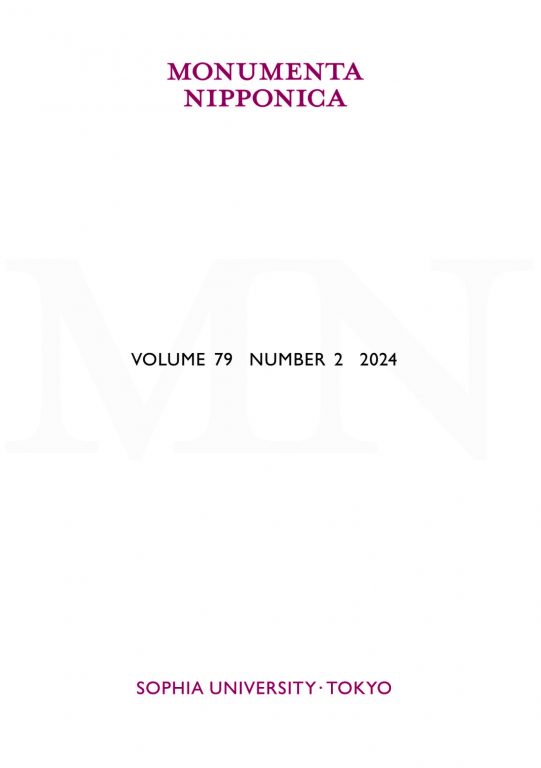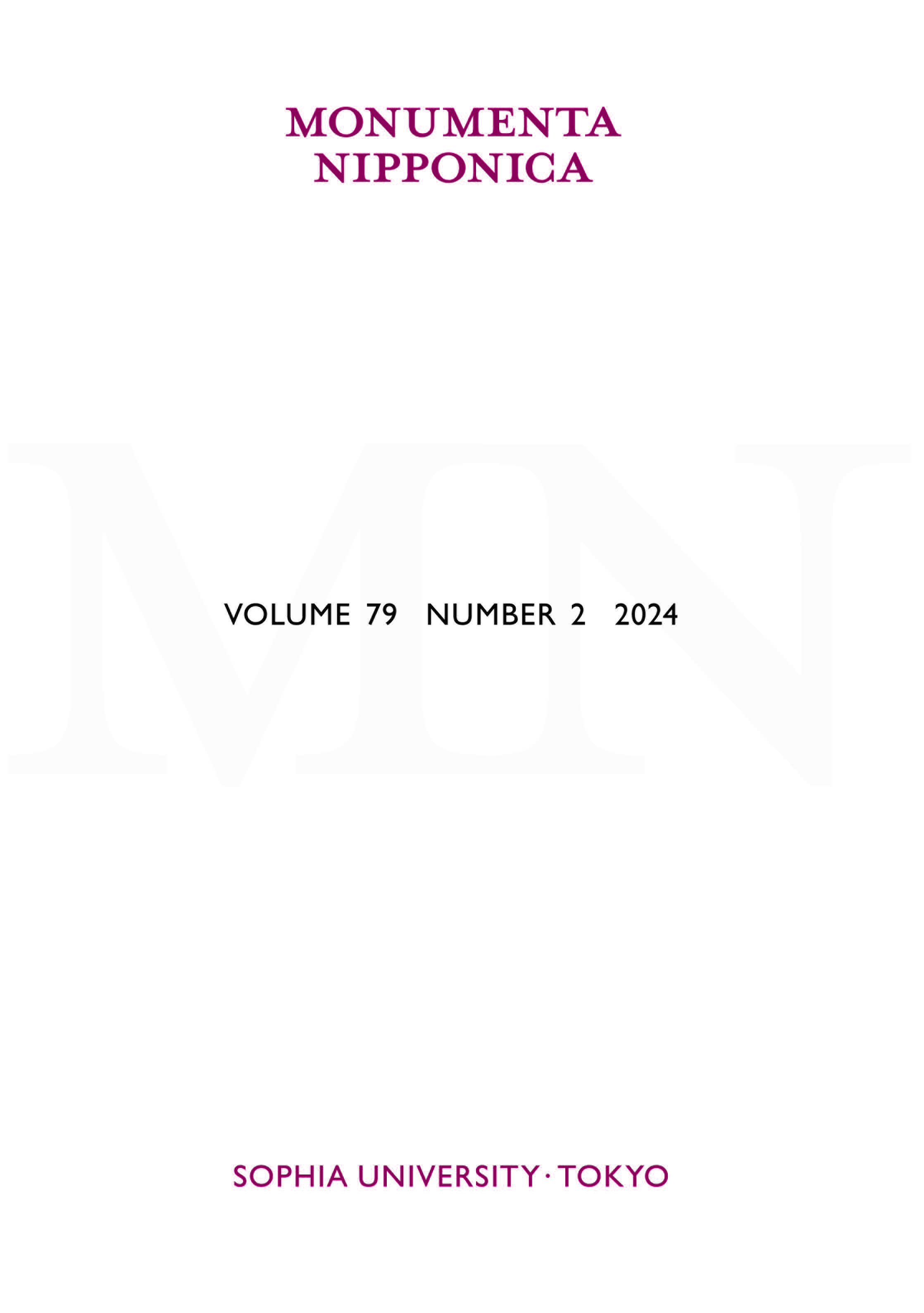The New Real: Media and Mimesis in Japan from Stereographs to Emoji by Jonathan E. AbelHoyt Long
MN 79:2 (2024) pp. 300–305
Recalling Plato’s strident critique of writing in the Phaedrus, it could be said that the problem of new media is as old as philosophy itself. Even restricting our purview to the relatively young field of media studies, the problem arises early on. In 1974, writing on the newish medium of television, Raymond Williams observed that claims about it having “altered our world” resembled the way “people often speak of a new world, a new society, a new phase of history, being created—‘brought about’—by this or that new technology.” Such statements were so commonplace that it was easy to miss their specific meanings. Behind them, he insisted, “lie some of the most difficult and most unresolved historical and philosophical questions” about the causal relation between “a technology and a society, a technology and a culture, a technology and a psychology.”1 Fifty years on, Jonathan Abel’s The New Real: Media and Mimesis in Japan from Stereographs to Emoji provides a rejoinder to this observation that the rhetoric of “newness” diverts us from understanding the real relations of media to society. This rejoinder, uniquely routed through Japan studies on the one hand and canonical media theory on the other, aims to deconstruct this rhetoric as an artifact of the perpetual human desire for more immediate and transparent access to reality. But it also seeks to establish a theoretical vantage point from which to track the rhetoric’s historical ebbs and flows, tempering any exaggerated claims, whether by media scholars or marketers, about the radical newness of new media. For Abel, these claims are like a reoccurring practical joke: each time we are told to take them seriously, as if this time the world has at last been irrevocably altered. Today, when just-in-time, on-demand modes of production make it feel as if the whole of society is, to borrow from Anna Kornbluh, newly living in a perpetual state of “immediacy”—where presence is immanentized, relay eclipsed, and mediation negated—the joke, or so The New Real would have it, is on us.

